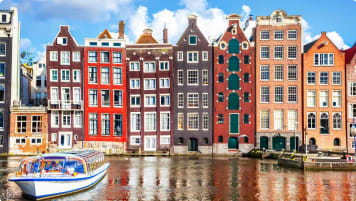Questions About the Netherlands
Escorted small group tours for mature and senior travellers to the Netherlands. Designed for couples and solo travellers who like to explore and enjoy learning about the history of Dutch Tulips or art restoration as they travel to Amsterdam and beyond.
1 Nov 19 · 2 mins read
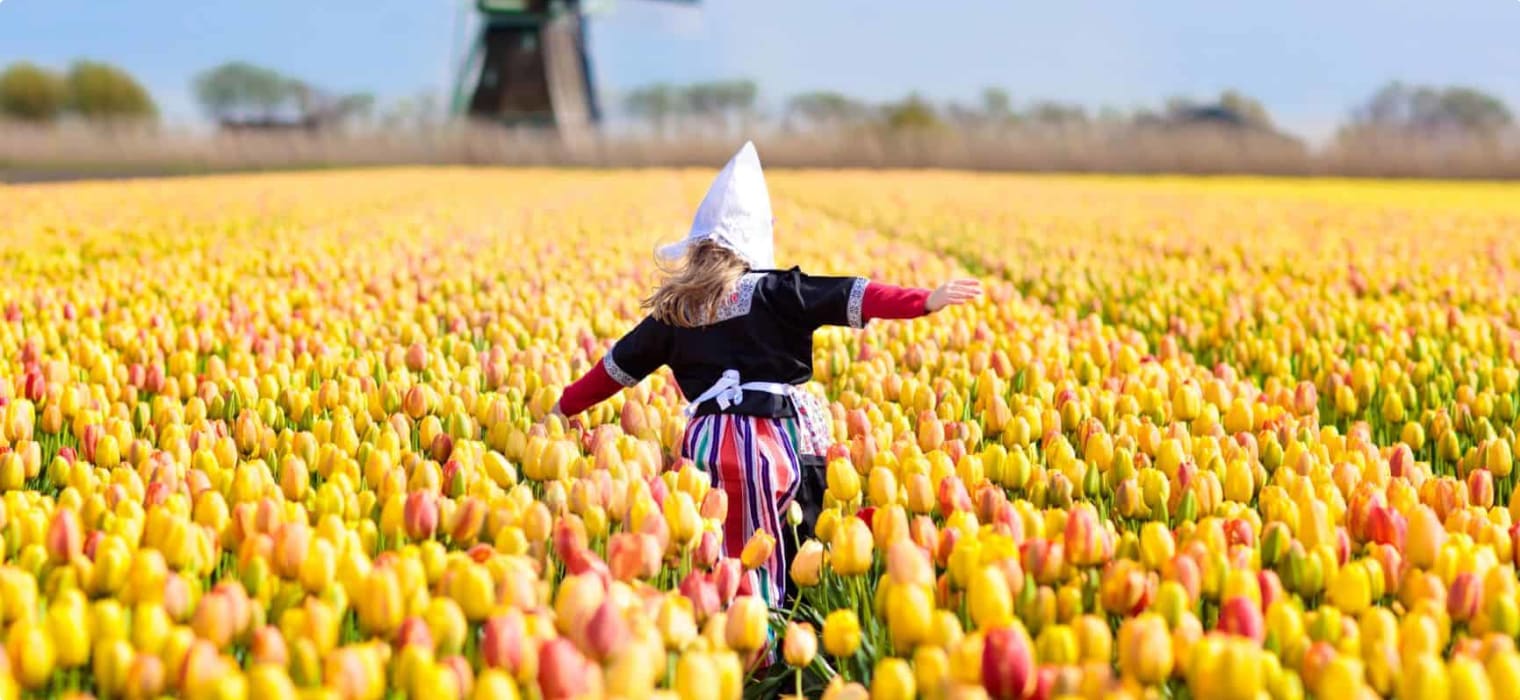
Questions About the Netherlands for senior travellers.
Odyssey Traveller specialises in crafting unforgettable experiences for senior and mature-aged travellers interested in learning as a couple or solo traveller. Providing adventure and educational programs to escorted small group tours since 1983. Odyssey has built up a reasonable knowledge bank to answer questions about the Netherlands that travellers are likely to ask, as they make their plans to tour independently, or with us as part of a small group tour. We hope that this list of frequently asked questions and the answers we provide will help you with planning your next holiday.
Read on, but please do not hesitate to contact us via the website, or through email or chat if you have more questions about the Netherlands or our other tours.
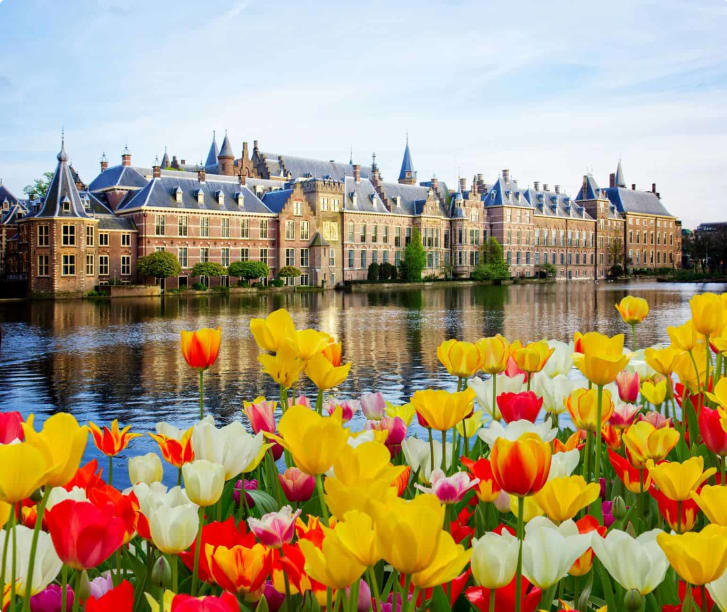
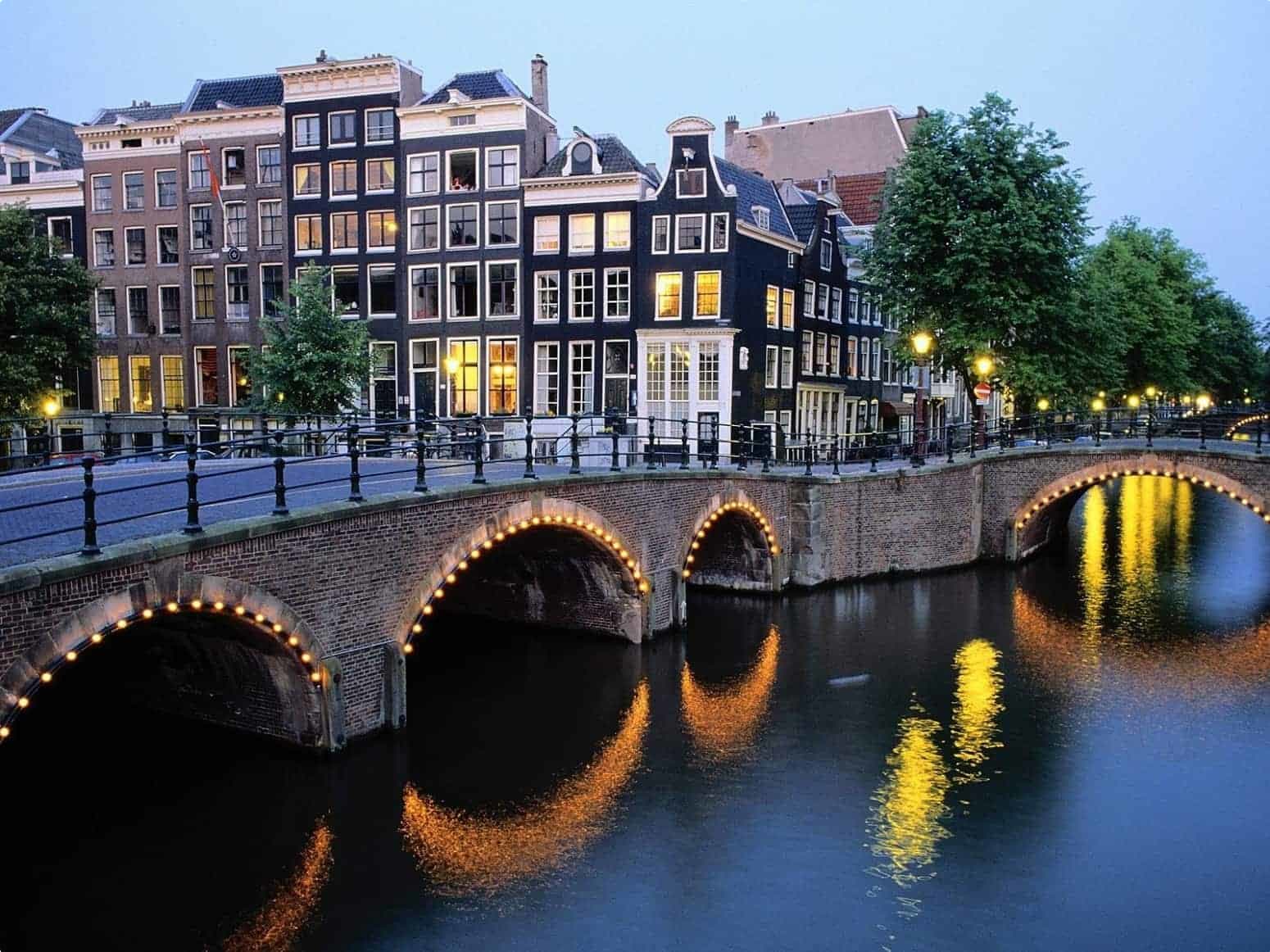
FAQs
Where is the Netherlands located?
The Netherlands (officially, Koninkrijk der Nederlanden or Kingdom of the Netherlands) is located in northwestern Europe, sharing borders with Belgium (south) and Germany (east) and with a coastline lying on the North Sea. Its official capital is Amsterdam, while its administrative capital is The Hague, which is also the location of the United Nations’ International Court of Justice and the International Criminal Court.
What does "Netherlands" mean?
“Netherlands” mean low-lying country in Dutch, derived from the fact more than half of the country’s total area does not lie higher than about a metre (or three feet) above sea level. Around a quarter of the country is actually below sea level.
Why is the Netherlands also called Holland?
The Netherlands is also called “Holland”, which comes from Houtland, “Wooded Land”, the name of the historic province that was once a 12th-century fief of the Holy Roman Empire. The Netherlands’ major cities–Amsterdam, The Hague, and Rotterdam–are located in the Hollands: Amsterdam in Noord-Holland (North Holland) and the latter two cities in Zuid-Holland (South Holland). This may be the reason many people still refer to the Netherlands as Holland, even though the name strictly only refers to a region within the country.
In late 2019, the government rolled out a national rebranding strategy that will see it use “The Netherlands” instead of “Holland”, and be referred globally solely by this name in any official setting. As part of the strategy, the country will be described only as “The Netherlands” in the Eurovision song contest in May 2020 and during the Olympic Games in Tokyo in 2020.
How did the Netherlands become a country?
The Netherlands was founded in 1579 as the “Republic of the United Netherlands”, when the northern provinces of the Low Countries (the whole of which, historically, consisted of the Netherlands, Belgium, Luxembourg, and parts of northern France) concluded an agreement to resist Spanish rule. The union facilitated the establishment of a military league, but it also paved the way for the creation of a distinct nation and a distinct identity, which developed separate from the southern region of the Low Countries (i.e. Belgium) which the Spanish later re-conquered.
Prior to this, the Low Countries was inhabited by Celtic tribes to the south and west of the Rhine, and Germanic tribes to the north, until they were conquered by the Romans. The Low Countries formed part of the Roman provinces of Belgica and Germania Inferior. The Franks, a Germanic-speaking tribe, established a kingdom in the region around the 5th century and invaded what was now Holland after the collapse of the Roman Empire.
In the latter half of the 14th century, the dukes of Burgundy from the French royal house of Valois began infiltrating the Low Countries through marriage and conquest. Rule passed to the Habsburg Empire under Spain, which the “Republic of the United Netherlands” resisted. Spain only recognised the Dutch Republic’s sovereignty in 1648.
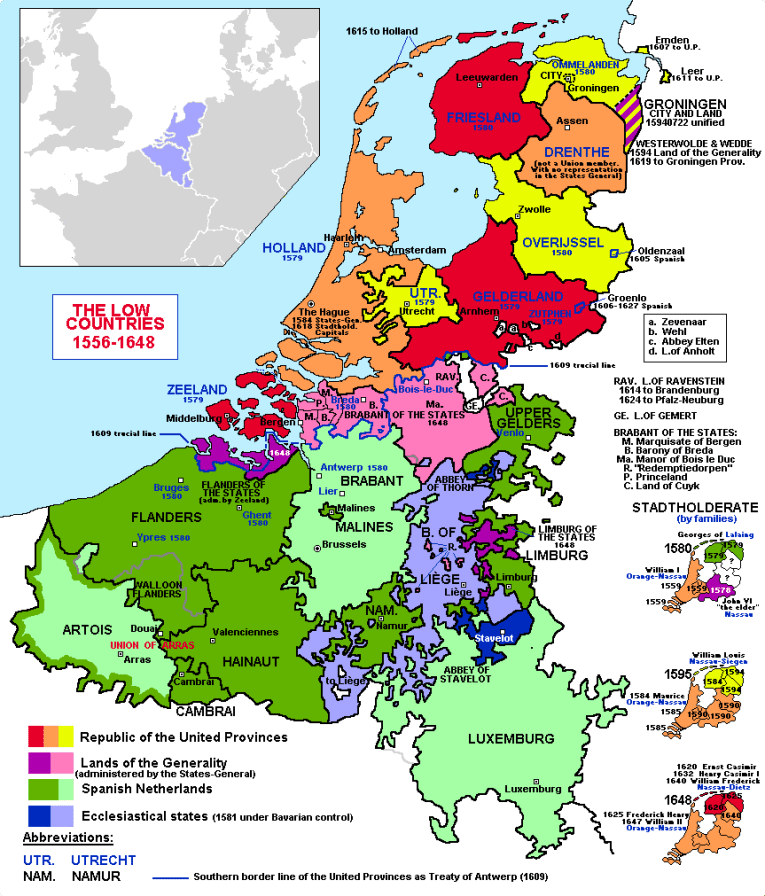
Who needs a visa to visit the Netherlands?
This will depend on your nationality, destination and length of stay. You can click here to check if you need a visa to visit the Netherlands, but it is still better to check directly with your embassy or consulate.
The short-stay visa is the Schengen visa, which allows you to stay in the Schengen area for a maximum of 90 days within a 180-day period. Click here to see other visas issued by the Netherlands.
The EU has recently announced a system for its border entry process to the Schengen Zone. The system is called European Travel Information and Authorisation System (ETIAS). Currently, citizens of 61 nations, including Australia, New Zealand, and Canada, are permitted to enter the EU without a visa for up to 90 days of business or travel. The proposed changes will require that these citizens apply for entry authorisation before arrival to the Schengen zone. Click here to read more about ETIAS.
When is the best time to visit the Netherlands?
Odyssey Traveller regularly organises a Dutch Tulip tour to the Netherlands, which departs during springtime, in April. This is the shoulder season–the weather is still nice but there are less crowds compared to summer.The highest daytime temperature in Amsterdam in April 2019 was a comfortable 25 degrees Celsius. The tulip fields are in full bloom in April and May, and King’s Day, a national holiday, is held in late April.
Summer (July to September) is the high season for tourism, but the long days and The Netherland’s cool weather still makes the summer months a draw even if the cities can get crowded.
Odyssey’s Dutch Tulip tour ends after 7 days, and can be extended with an Amsterdam City Tour, which gives you time to experience King’s Day.




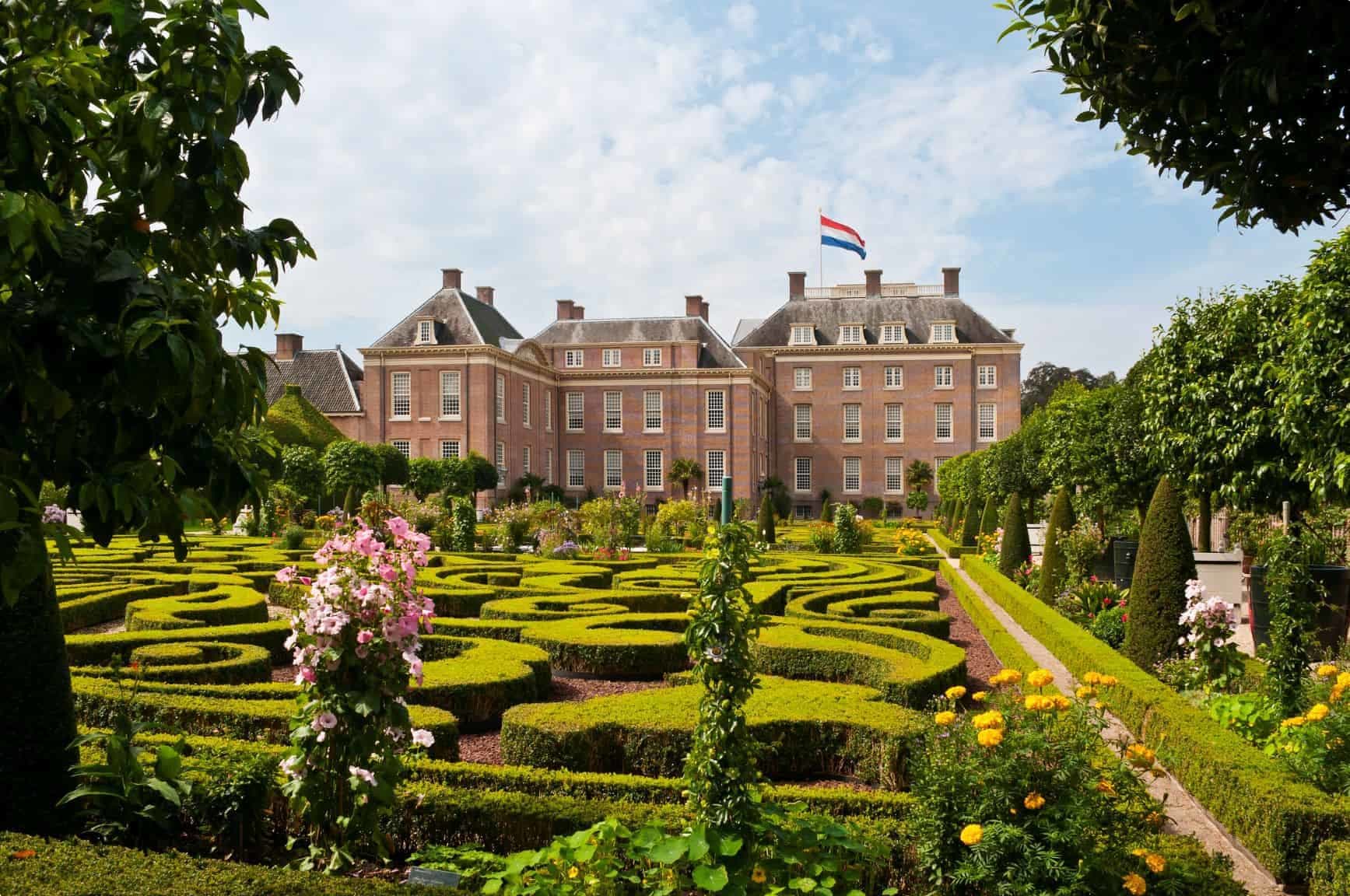
What is the Netherlands' language?
Dutch (officially: Netherlandic) is the national language of the Netherlands, a West Germanic language most closely related to high and low German. The name of the language itself (“Duutsc”), dating back to the Middle Ages, is historically equivalent to the German Deutsch, the “language of the people”, used to differentiate it from Latin, which was the language of religion and education.
It is also spoken in Belgium and in northern France. Flemish, considered a variant of Dutch, is spoken in northern Belgium.
Which currency does the Netherlands use?
The Netherlands uses the euro. It used the Dutch guilder for more than 300 years until the euro’s inception in 2002.
Why do the people from the Netherlands wear orange at sporting events?
The Dutch wear orange not only during sporting events, but during King’s Day as well, which may be confusing to foreigners as the colour orange does not appear in the Netherlands’ tricolor (red-white-blue) flag. However, orange (oranje in Dutch) is the colour of the Dutch Royal Family of the House of Orange-Nassau.
The Netherlands achieved sovereignty from the Spanish Empire as a republic, but switched to a monarchy in 1815. The House of Orange derives its name from the medieval principality of Orange in southern France. The prince of Orange, Philibert de Chalon, was succeeded by René of Nassau in 1530, hence the hyphenated name used by his successors. Rene’s cousin, William the Silent of Nassau-Orange, led the Netherlands’ revolt against Spain. The House of Orange-Nassau has ruled the Netherlands since 1815.
Where can you go in the Netherlands?
Amsterdam is the capital of the Netherlands, an exciting city of gabled houses with an elaborate and distinctive canal landscape. The city had its roots in a humble 13th century fishing village that settled on the banks of the River Amstel. The river met the IJ Bay, which tended to overflow and flood settlements, until the fishermen built dikes and later a dam–hence the name “Aemstelredamme” (Amsterdam) or “dam in the river Amstel”–to contain the waters.
In 1613, Amsterdam began to undertake construction in order to expand its boundaries, adding the now-famous–and UNESCO World Heritage-listed–ring of canals around the historic city centre. A cruise down Amsterdam’s famed canals is a unique and relaxing way to experience the city and view its architecture.
Amsterdam’s Museumplein (Museum square) is an art lover’s utopia. The largest public square in the city is bordered by world-famous museums: Rijksmuseum, Van Gogh Museum, and Stedelijk Museum (Museum of Modern Art). It also hosts open-air exhibitions and markets.
The Anne Frank House at Prinsengracht 263 offers a sobering exhibition about the persecution of Jews. This was where Anne Frank and her family lived in hiding from the Nazis during World War II, and a must-visit for those who want to learn more about this dark period in Amsterdam’s history.
The original river settlement was built by fishermen fishing for herring, and all over the city one can still find haringhandels (herring carts) selling the delicacy. Try a “broodje haring” or herring served in a sandwich with pickles and onions.
A highlight is a visit to the world-famous Keukenhof Flower Garden, with its seven million tulips and other flowering bulbs.
Travel to the town of Leiden in South Holland, home to country’s oldest university, Leiden University, and the historic Hortus Botanicus, the oldest botanic garden in the Netherlands.
In the centre of the Netherlands you will find the Het Loo Palace (Paleis Het Loo) built by the House of Orange-Nassau. Its first inhabitants were King William III and his wife Queen Mary II. The palace now serves as a museum, and is surrounded by fountains and Baroque-style gardens. The palace is closed until 2021 for renovations, but the Stable Square, museum restaurants, palace roof, and gardens remain open until September 29th 2020. You can view the gardens and the construction space from the palace roof. The entrance fee is reduced to reflect the closures.
These are just a few of the places to explore in the Netherlands. If you want to learn more, join us on our tours to the Netherlands — simply click through to see the full itineraries and sign up! If you have any enquiries regarding this or any other tour, please call or send an email.
Our Dutch Tulip tour runs for seven days, especially designed for mature-aged or senior travellers, whether travelling alone or with a companion. It can be paired with our Amsterdam City Tour. The encircled numbers on the map below refer to the number of nights spent in each destination, with green indicating the starting point, and the red circle the end point.
Related Tours

7 days
AprDutch Tulips | Netherlands Small Group Tours
Visiting The Netherlands
Our small group guided tour in the Netherlands provides us with a delicious taste of its delights. We view the main sights of old Amsterdam, a World Heritage Site, first on foot and then from the comfort of a cruise along its 17th century canals. Our exploration of Dutch gardens includes the Hortus Botanicus, an impressive university garden. Timed to enjoy what is perhaps the highlight of the program - a visit to Keukenhof’s bulb gardens. They contain more than 7 million tulips, daffodils and hyacinths which fill over 32 hectares.
From A$6,525 AUD
View Tour
26 days
AprWestern Europe Chateaux and Gardens | Small Group Tour for Seniors
Visiting Belgium, France
This small group escorted educational tour combines visits to France, Belgium, Luxemborg, the Netherlands, and Germany. During the 26 days, we will discover a selection of the finest gardens and chateaux in Europe. Our destinations also include several UNESCO World Heritage Sites, for example the royal palaces built by the Prince-Bishop of Cologne in Brühl, Germany.
From A$15,745 AUD
View Tour
days
AprAmsterdam City Tour
Visiting The Netherlands
Short escorted tour of Amsterdam exploring the city for 5 days as a small group. Your tour guide provides an authentic experience with expert local guides, exploring one of Europe's most popular destinations with like minded people. Designed as a short tour for those who wish to spend additional time in places at the conclusion of their tour.

22 days
DecOpera Tour Europe | Theatre-Opera-Ballet and Classical Music Small Group Tour for Seniors
Visiting England
This 22-day small group program visits the major arts centres of Hamburg, Amsterdam, Paris, and London. We travel in winter avoiding crowds and enjoy a different perspective of the places visited. At Odyssey Traveller we have sought to assemble entry and show tickets to what many will consider the best arts experiences available in those cities during each program.
From A$22,000 AUD
View Tour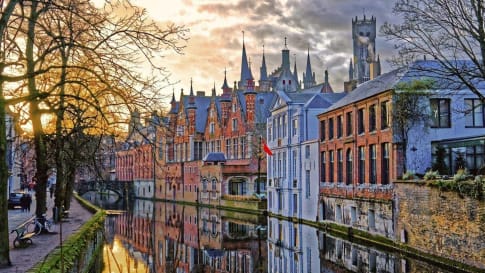
21 days
SepBelgium, Netherlands, France, Germany Art Tour | Western Europe Art Tour
Visiting Belgium, France
Most of us have already experienced the grandeur of classic galleries such as the Louvre and the National Gallery. Travel with like-minded people in a small group tour and be surprised by the lesser-known but equally wonderful smaller art galleries across Northwest Europe.
From A$16,695 AUD
View TourArticles
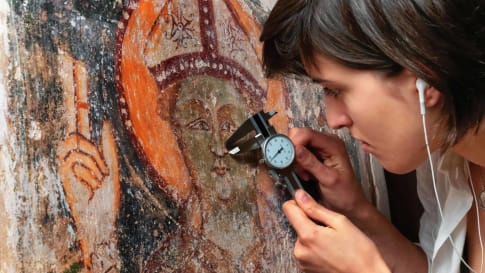
The Delicate Art of Art Restoration
The Delicate Art of Art Restoration The Netherland’s Rijkmuseum recently announced that it will be restoring Rembrandt’s The Night Watch, its most famous and most treasured painting by the Dutch master. Rembrandt’s group portrait masterpiece,…
The History of Dutch Tulip bulbs
The Origins of Tulips While it’s often assumed that tulips have their origins in The Netherlands, they actually originated in Turkey and Central Asia. In the sixteenth century, traders brought Tulip bulbs to Holland from…


